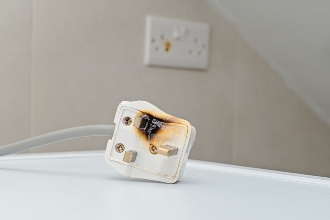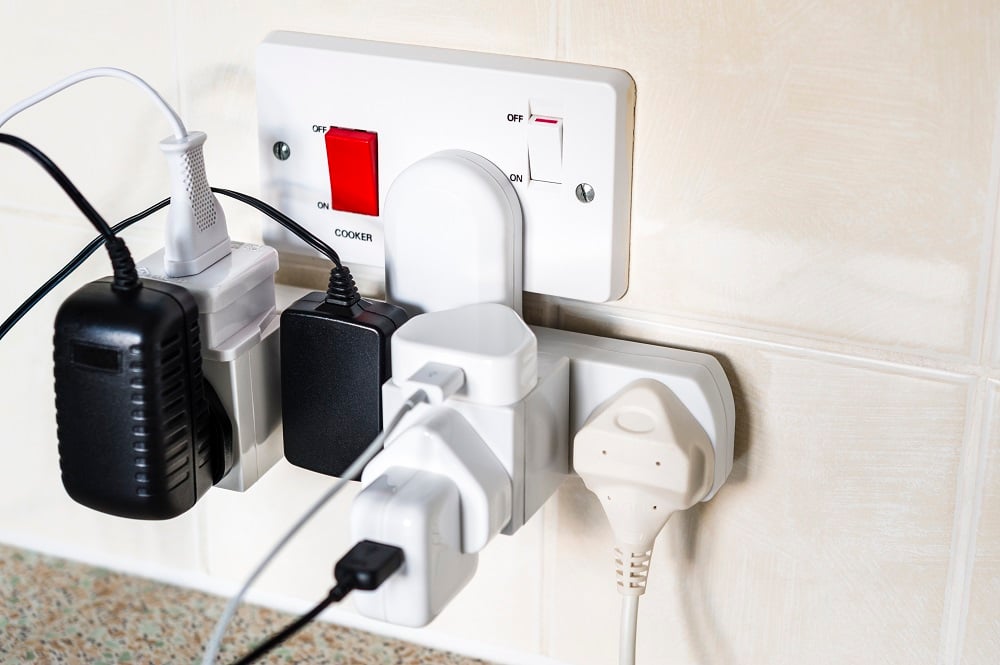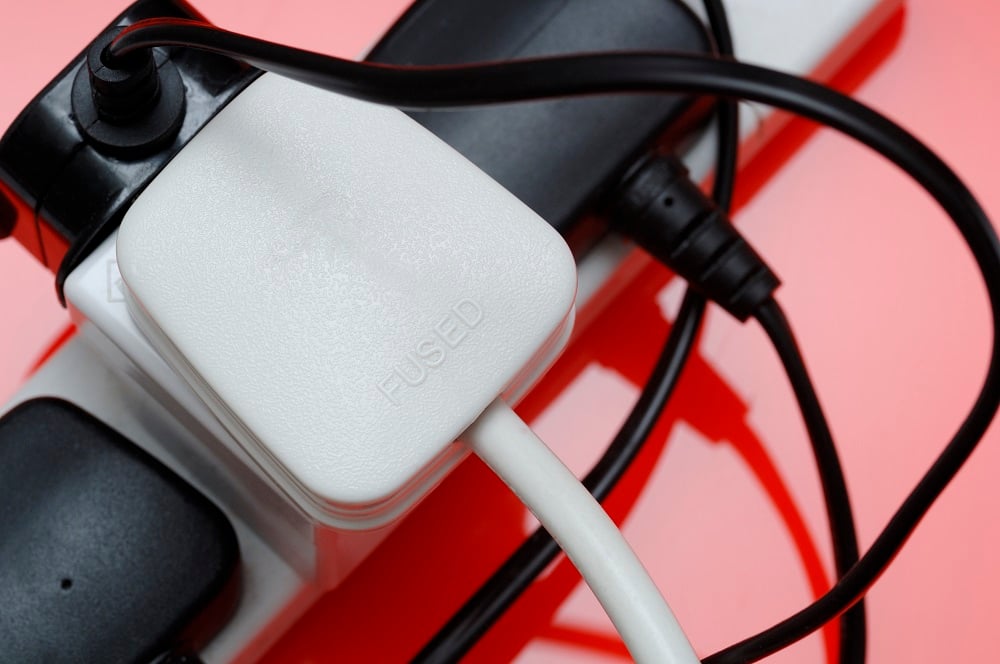Should electrical cables feel hot?
Categories:
T&I
Traders and Installers
Is it always a bad sign if an electrical cable feels hot? We hear from an expert.

Electric cables often feel warm in normal use, this is to be expected. Copper and aluminium conductors, like all metals, have an inherent electrical resistance, so they cannot be perfect electrical conductors. A cable with a current passing through its wires encounters electrical resistance and will produce heat. However, it’s not always a sign of trouble.
This is what Iain Collings, Team Leader of Applications Engineering for Prysmian Group, has found over the years:
Cables when operating at their maximum (conductor) temperature will run at 65, 70, or 90°C depending on the insulation material and cable type. If you apply approximately a 10°C temperature drop on the outer sheath to allow for heat loss, then cables will be 55, 60, or 80°C on the outer sheath.
To put this into context, radiators in an average home operate at around 60°C when heating, which gives an idea of how hot a cable can feel. Most cables are never running at their maximum current rating and so run at well below their maximum operating temperature, for the load that they have been designed for.
One thing to note is that cables do not reach their maximum temperature immediately, this happens over time, even at full load. If you were to apply the maximum current rating for the cable size for its installation conditions, there will always be a time-lag before the cable gets to the maximum operating temperature. This can typically be up to an hour.
What causes electric cables to overheat?

Cables can overheat for several reasons including overloading, poor connections, the environment, and short circuits. Poor connections in particular, are a common cause of overheating.
There are several other external factors that can cause electric cables to overheat/run hot, even when carrying their base, published current rating:
- The ambient temperature of the installation. If the ambient temperature is higher than the base rating conditions given to the cable, then the cable temperature will be higher
- The ground thermal resistivity value – for cables that are buried in the ground – the higher this value, the higher the cable temperature
- The depth that a cable is buried at - the deeper the cable depth, the higher the cable temperature
- Proximity to other circuits – the closer the cable is installed to other cables (especially for those buried in the ground), the higher the cable temperature
- Proximity to the number of circuits – the greater the number of circuits the cable is in proximity to, the higher the cable temperature
- Proximity to other heat sources – such as heating pipes. Other heat sources will raise the ambient temperature, which will raise the cable temperature
- Exposure to solar gain (radiation) – cables exposed to direct sunlight should be rated in accordance with the maximum Black Bulb temperature. This can be typically 10°C above standard ambient in the UK and can be much higher elsewhere in the world. Again, this means that the cable temperature will be higher for the same load.
What do you do if you get called out to look at overheated electrical cables?

All the factors can be accounted by the designer in two ways: by undertaking revised current rating calculations in line with the methods laid out in IEC 60287, or by applying derating or correction factors to reduce the cable maximum rating. This ensures that the size selected meets the circuit requirements for the given installation conditions and does not overheat.
Prysmian Group’s cable calculator CableApp, can account for most of the above factors helping design professionals and electricians to select a suitable cable size for the installation. Additionally, CableApp identifies alternative cable sizes that can help reduce energy losses from installations, improve efficiency and save CO2 overall.
In short, it’s not always a bad sign if a cable feels hot. To prevent cables from overheating, you should ensure the system has been correctly designed to account for the installation conditions, as well as select cables that can be relied upon. Prysmian design and manufacture quality, reliable power cables that deliver. That’s The Power of Prysmian.


